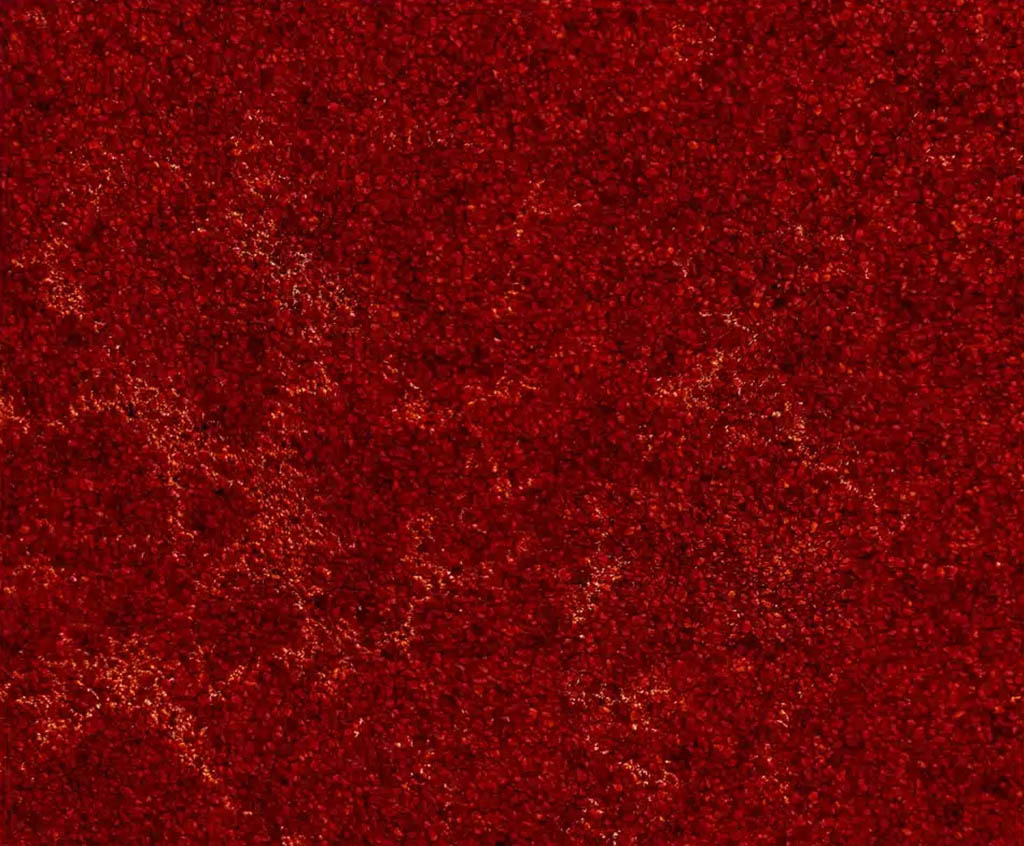Unveiling the Mysteries of the Solar Chromosphere with the Daniel K. Inouye Solar Telescope

The second layer of our Sun’s atmosphere, the chromosphere, is sandwiched between the Sun’s visible surface (or photosphere) below, and its outer atmosphere (or corona) above. In this layer, plasma properties such as temperature, pressure, and magnetic field change dramatically, making it one of the most mysterious objects in astrophysics.
The chromosphere may hold the answers to some of the major questions solar physicists are facing today, such as the existence of hot outer atmospheres in solar-type stars, and the origin and evolution of solar magnetism—key not only to fundamental plasma physics, but society here on Earth when we consider the impact of space weather driven by the Sun’s magnetic field in our planet. Thanks to pioneering technology and dedicated research in the U.S. National Science Foundation (NSF) Daniel K. Inouye Solar Telescope, operated by the NSF National Solar Observatory (NSO) we are closer to uncovering its secrets.
One of its main mysteries is the chromosphere’s ability to generate very fine-scale, hair-like structures through the complex interaction between the plasma and the Sun’s magnetic field. While this phenomenon has been long observed, many aspects of it remain poorly understood. In a recent paper accepted for publication in the Astrophysical Journal, a team of researchers led by NSO scientist David Kuridze explored the fine-scale structure of the solar chromosphere. Originally from Georgia, in Europe, Dr. Kuridze has been moving West following his scientific passion for the Sun—in the UK first, and now in the US.
Armed with data obtained from the high-resolution Visible Broadband Imager (VBI) and the Visible Spectro-Polarimeter (ViSP) at the Inouye, the team revealed that the Balmer-beta spectral line at 486.113 nm serves as a beacon of insight into the elusive fine-scale structure of the chromosphere, and offers the sharpest diagnostics of it. They identified the mechanisms responsible for the spectral line broadening frequently observed in chromospheric fine-scale structures, and concluded that the morphological characteristics of these structures are intricately linked to the topology of the magnetic field in the lower solar atmosphere.
Central to their journey was the Inouye Solar Telescope, the largest optical solar telescope in the world equipped with high-resolution, multi-wavelength, and multi-instrument capabilities atop Maui’s Haleakalā.
“The large aperture and state-of-the-art instrumentation afforded by the Inouye, allowed us to observe a large area, and resolve unprecedented fine-scale details of the plasma threads in the chromosphere at a spatial resolution of approximately 12 miles,” Dr. Kuridze commented.
“These plasma threads trace the magnetic field lines and create a magnetic canopy in the solar chromosphere,” he continued. “The unique multi-line spectropolarimetry performed with the Inouye allowed us to find that the geometry of these threads, including orientations, lengths, and inclinations are defined by the magnetic field at the Sun’s surface. Reconstructing the tridimensional geometry of the chromospheric magnetic field is one of the main challenges of solar physics today. These findings are an important step forward in this direction.”
In addition to its scientific significance, the spectacular imagery captured by the Inouye can appeal to a general audience, including amateur astronomers and curious individuals worldwide.
As we stand on the threshold of a new era in solar physics, fueled by innovation and discovery, one thing is certain: the mysteries of the solar chromosphere are closer than ever to being unveiled, thanks to the tireless efforts of those who explore it, and telescopes like the Inouye Solar Telescope.
The full paper describing this study, to be published at the Astrophysical Journal, can be accessed here.
